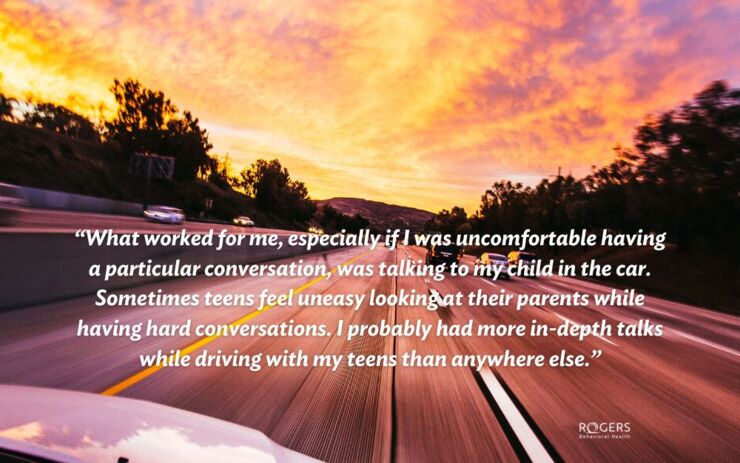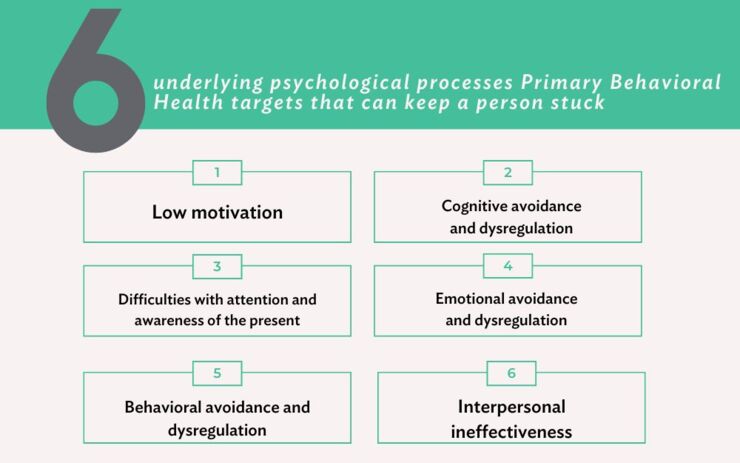Living sculpture embodies the hard work behind recovery
Posted on 04/18/17 09:25:amAt the 2017 iaedp Symposium, two FOCUS Program staff members earned the top prize in the Imagine Me Beyond What You See sculpture competition. Each year, iaedp invites art therapists, students and the public to artistically create mannequins that reflect their perception of beauty and body image. Adults receiving mood disorder treatment in the program played a major role in the building, planting and continued care of the sculpture.
In January 2015, art therapist Lacie West and recreational therapist Mary Sireno began building a sculpture made of herbs, moss and other materials. “We wanted to portray the idea of growth and self-care, which are messages that fit with the FOCUS program,” said West. “Not everyone in the program has an eating disorder , but everyone can benefit from positive change. We just loved the metaphor.”
The sculpture also stood out from the rest because it is genderless. “We actually get quite a few residents who have transitioned, are in the process of transitioning or identify as gender-fluid,” said West. “Because the sculpture doesn’t have a gender, anyone can connect with it and have a validating experience.”
West and Sireno also wanted to promote healthy consumption through their sculpture, and encouraged patients and staff to eat the herbs. “On one occasion, a resident who had quit smoking was experiencing a cigarette craving,” says Sireno. “We went outside so she could try tasting and smelling some of the herbs. Her craving went away, and she was able to return to her group session.”
As the humid summer months came around, keeping up with the life size sculpture’s watering schedule became increasingly difficult. “Even missing a day of watering could dry out the herbs,” said West. “We’d hold a hose on top of its head until the area was saturated, then move to a shoulder, to the chest. The whole process took about 30 minutes.”
At one point, the herbs began to wither and die. “A resident who was interested in nature asked if she could water the sculpture daily as a behavioral activation activity for her treatment,” said West. “She was able to bring it back. It was a really powerful message: if you neglect your recovery, your quality of life starts to diminish. But after you begin your self-care again, you can see the positive effect.”
As with many art therapy projects or recreational therapy activities, the underlying purpose isn’t always immediately obvious. “It can be hard to find motivation, especially if you don’t see results right away,” Sireno said.
Like maintaining a topiary sculpture, recovery is a process and it’s the journey that counts. “What matters is you’re continuing to make progress,” West said. “By working on the sculpture, patients built skills like patience, frustration tolerance, flexibility and acceptance.”
West learned just how difficult maintaining your gains can be. “You have to practice what you preach,” she says. “We really can’t expect our residents to put care and effort into something if we don’t model that ourselves.”
The patients weren’t the only ones who benefited. “As mental health professionals, we got to experience recovery in a different way,” Sireno said. “Our patients are in programming for the majority of the day and they really put in the effort. So for us to grumble about thirty minutes of watering every day… I think it humbled us and helped us connect.”
Share this article:



